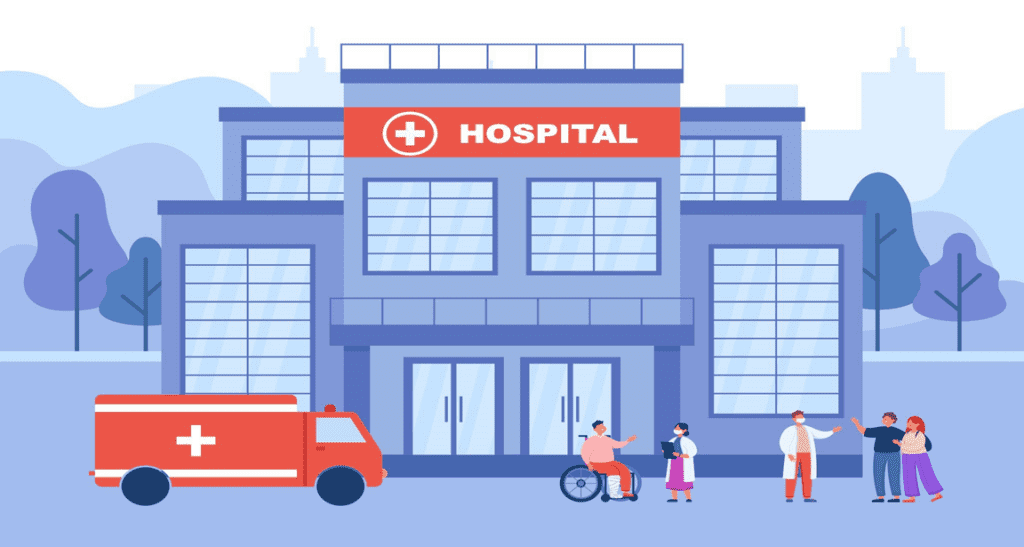Title: Navigating Network Hospitals for Seamless Healthcare
Published Date: September 30, 2024
Reading Time: 4 minutes
Imagine a typical Monday afternoon at work when suddenly, a sharp pain grips your chest. Panic sets in as you are rushed to the nearest hospital. Amid the chaos, your family realizes the hospital is not within your insurance network. Instead of focusing on your health, they scramble to gather funds for medical expenses. But what if this situation could have been avoided? This distressing scenario can be entirely preventable if you are well-prepared with information about network hospitals.
In today’s fast-paced world, where health emergencies can strike at any moment, being equipped with the right health insurance and knowledge is crucial. One of the key advantages of health insurance is access to Network Hospitals—medical facilities partnered with your insurer to offer cashless treatment. Understanding how to navigate these hospitals can make a significant difference in your healthcare experience and financial well-being.
A network hospital is a healthcare facility that has a formal agreement with your health insurance provider. This agreement allows the hospital to offer cashless treatments for medical procedures covered by your policy. Instead of paying upfront and seeking reimbursement later, the hospital directly bills your insurance provider, simplifying the process for you. It is important to be aware of the treatments covered under your policy to ensure eligibility for this cashless arrangement.
The benefits of network hospitals are substantial, particularly during medical emergencies. These advantages include:
- Cashless Treatment: You do not have to pay out of pocket for covered treatments as your insurer settles the bill directly with the hospital, reducing financial stress.
- Streamlined Claims Process: Direct communication between the insurer and the hospital ensures a quick and minimal paperwork claims process.
- Pre-Authorization for Planned Procedures: Network hospitals handle pre-authorization for elective or planned treatments, confirming your insurance coverage before the procedure.
- Quality Assurance: Insurers select network hospitals based on care standards, guaranteeing high-quality medical attention.
Being proactive in locating network hospitals is essential for preparing for any medical emergency. Here are efficient ways to find nearby network hospitals:
- Search on the Insurer’s Website: Most insurance companies maintain an updated list of network hospitals on their websites, allowing you to filter results based on location or hospital name.
- Third-Party Administrator (TPA) Websites: TPAs manage cashless claim processes for insurers and provide information on covered hospitals.
- Insurer’s Mobile App: Many insurers offer mobile apps for easy access to policy information and hospital location services.
- Confirm with the Hospital TPA Desk: Calling the hospital’s TPA desk can confirm their network hospital status, preventing any last-minute surprises during emergencies.
Preparation is key in managing health emergencies. By locating network hospitals in advance, utilizing your insurer’s app, keeping insurance documents accessible, and updating and sharing information with your family, you can navigate medical emergencies without financial stress.
Understanding and utilizing network hospitals is vital for maximizing the benefits of your health insurance. Proactively identifying nearby facilities, updating information regularly, and keeping insurance documents handy will give you peace of mind and allow you to focus on your health and well-being without financial worries. Be prepared, be proactive, and prioritize your health and the health of your loved ones.



